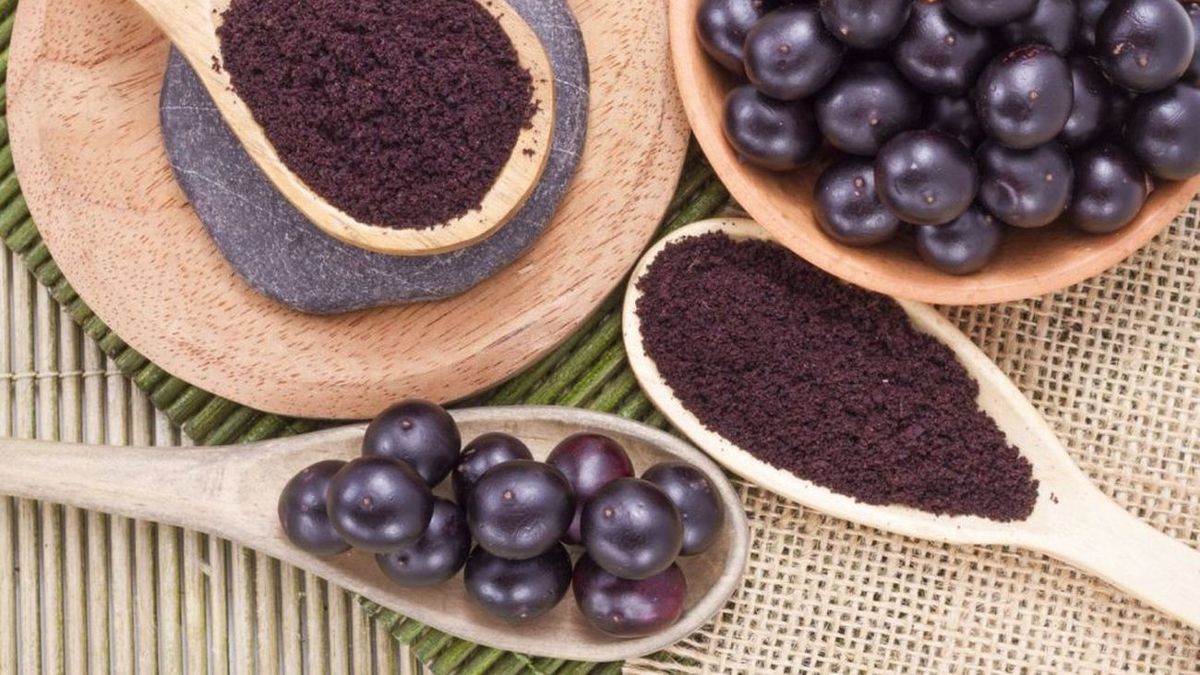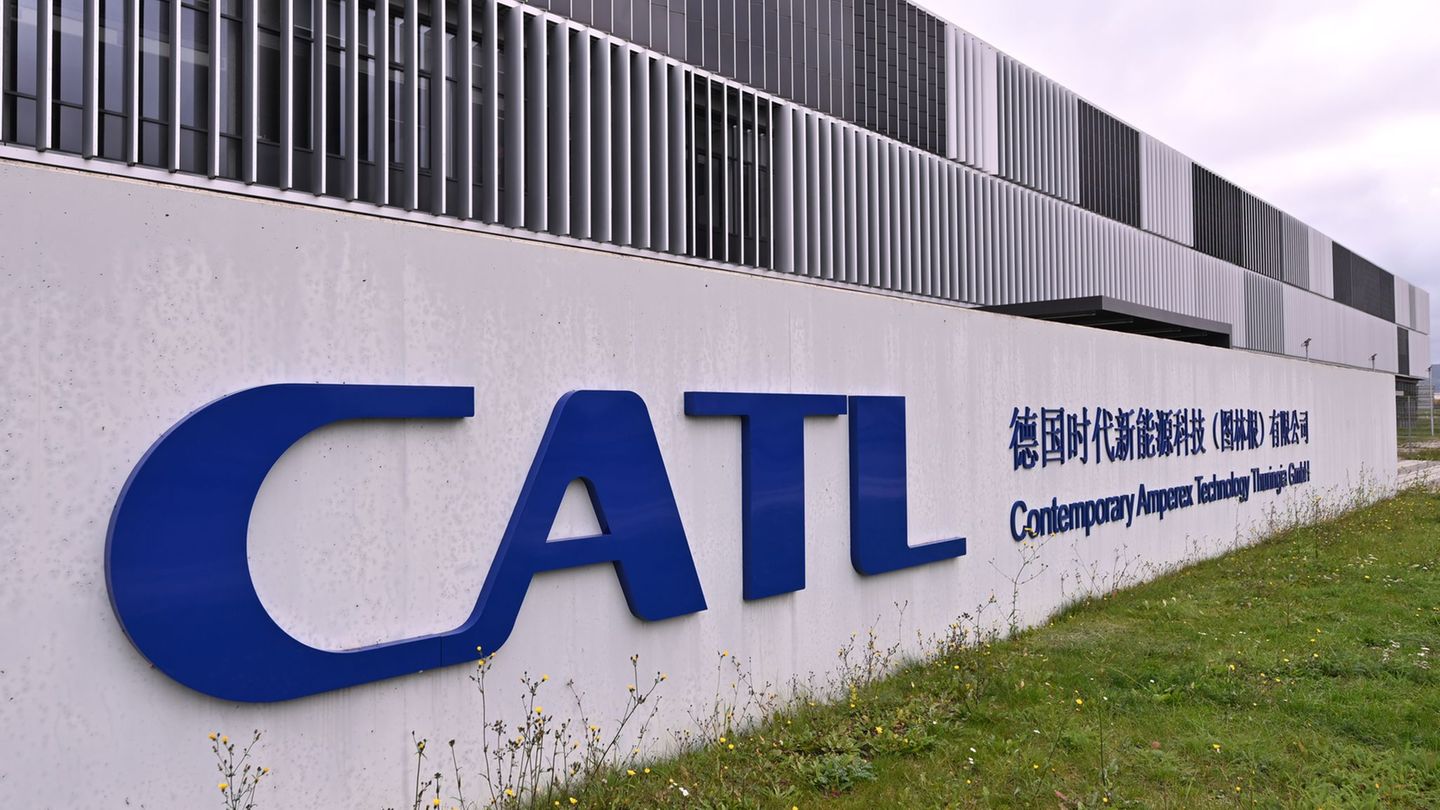The boom of açaí financially benefits the producers traditional of the amazonBrazil, but at the same time threatens biodiversity of the rain forest for him increase of monoculture. Among the most affected areas, Igarapé São João located 120 km south of the city of Belém, where the fruit grows naturally.
The community is located at abaetetuba, the fifth municipality with the largest “quilombola” population in Brazil, as the descendants of runaway slaves from the 17th and 18th centuries are called. Over there, concentrates more than 90% of the Brazilian productionwhich means a important açaí polo in the state of Pará.
Brazil.jpg
On the circle of the economy, intermediaries buy the fruits from the community and take them by boat to the great Amazonian city of Belém, to sell them no later than the next day in the centenary Ver-o-peso market and prevent the fruit from perish .
what is the açaí and what is it for
Of indigenous origin, pure açaí has always been part of the diet of people from Paráwho taste it together with fried fish and other local dishes.
for their nutritional and antioxidant propertiesin the last two decades it has become popular as a “superfood” in Brazil and in countries like the United States and Japan, which they import it to make juices, smoothies and desserts with granola and fruit.
amazon.jpg
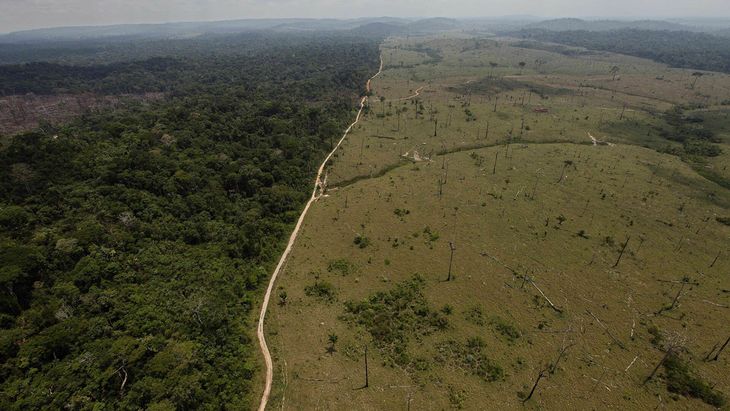
This triggered the demand and benefited the local producersplacing the açaí as an example of “bioeconomy”which allows to generate income for the inhabitants of the Amazon without deforesting.
Why açaí endangers the Amazon
Studies in the sector show that expansion is causing biodiversity loss in some regions due to substitution of other species.
“Naturally, 50, 60 or even 100 açaí plants grow per hectare. When it exceeds 200, 60% of the diversity of other species also native to flooded areas is lost”says the biologist Madson Freitasresearcher of Paraense Emilio Goeldi Museumauthor of a study on this phenomenon, called “açaización”.
The lost of vegetable species It even affects the açaí, which becomes less productive due to the loss of pollinatorssuch as bees, ants and wasps, adds Freitas.
Prolonged periods of drought, which may intensify due to climate change, also affect fruit development.
acai.jpg
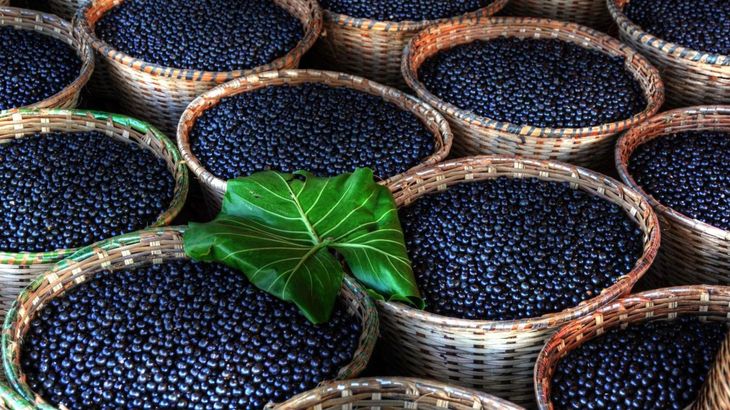
Meanwhile, the affected citizens believe that reinforce conservation rules and auditing can help combat monoculture.
But it is necessary to give incentives to producers so that they “keep the jungle standing”, he points out.
acai tree.jpg
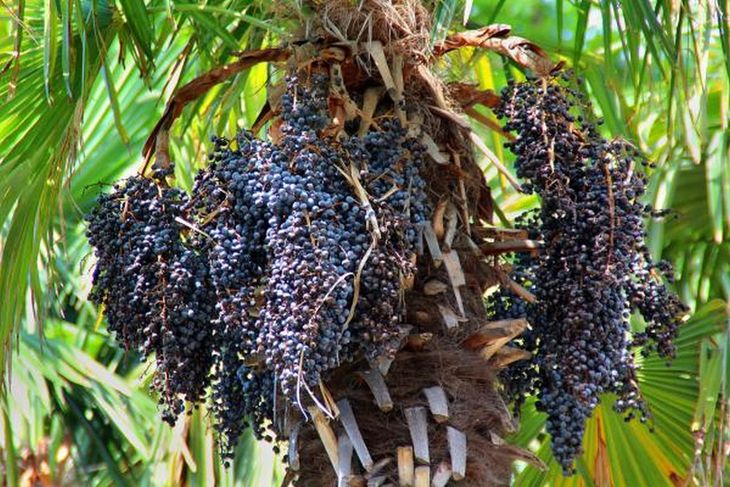
salomao santosleader of the organization Malungu, who represents the quilombola communities in Pará and community leader of the town of Igarapé São Joãoadmits that monoculture “can become a problem.”
“Those of us who live in the Amazon do not live as a single species,” says this man, who fears that açaí will stop supporting them, as has already happened with the economic cycles of sugar cane, rubber, and pottery.
“We provide a great environmental service to the world, preserving Jungle”says Santos. And adds: “Now we want the state and all those who benefited from the sweat and blood of those who were enslaved to pay their debt to us.”
Source: Ambito

